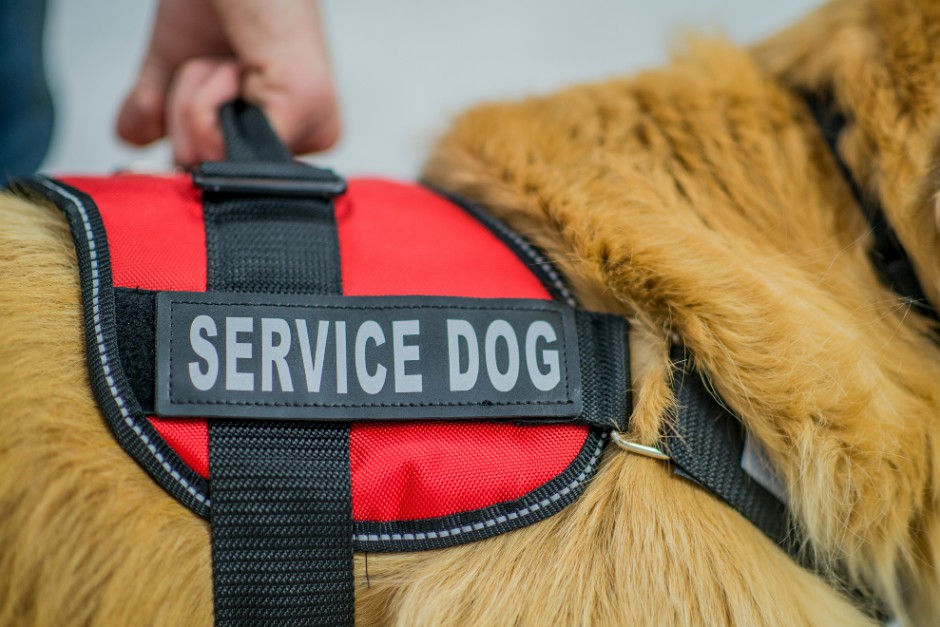 Dogs are usually considered the good friends of human beings. Some people love dogs while some people may be afraid of them. However, dogs can mean more than friends to people in some cases. For instance, for people who have severe visual impairments, a dog may bring huge positive changes to their lives. These dogs are capable of helping people with poor vision avoid obstacles, identify landmarks, safely cross streets, and even provide support in emergencies. If visual aids can be more beneficial to visually impaired people for indoor tasks, guide dogs might be more helpful in exploring the outdoor environments. Read on to know how to make a valuable integration of guide dogs and technology for people with low vision.
Dogs are usually considered the good friends of human beings. Some people love dogs while some people may be afraid of them. However, dogs can mean more than friends to people in some cases. For instance, for people who have severe visual impairments, a dog may bring huge positive changes to their lives. These dogs are capable of helping people with poor vision avoid obstacles, identify landmarks, safely cross streets, and even provide support in emergencies. If visual aids can be more beneficial to visually impaired people for indoor tasks, guide dogs might be more helpful in exploring the outdoor environments. Read on to know how to make a valuable integration of guide dogs and technology for people with low vision.
The Role and Advantages of Guide Dogs
Guide dogs, also known as service dogs for the visually impaired people, undergo professional training to become reliable companions and mobility aids for people with visual impairments. Their training process is comprehensive and includes multiple stages. It begins with the careful selection of puppies from reputable breeding programs, typically choosing categories known for their temperament and intelligence, such as Labrador Retrievers, Golden Retrievers, and German Shepherds.
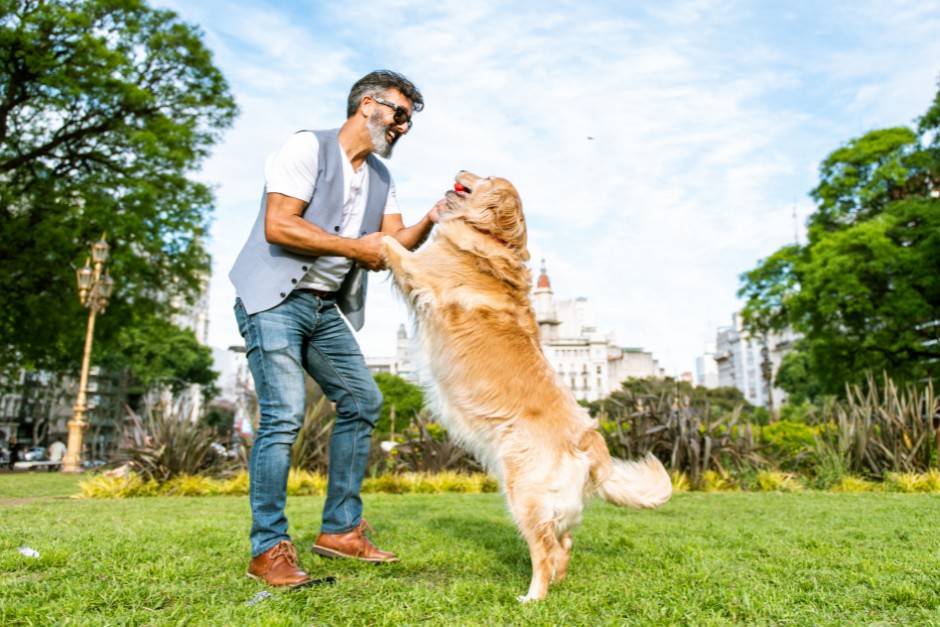 From a young age, guide dog puppies are exposed to various environments, people, and situations to ensure they remain calm and confident in diverse situations. They receive basic obedience training, learning commands like sit, stay, come, and heel. As they mature, they will take advanced training, which includes learning how to safely guide their owners through various situations, such as navigating obstacles, obeying traffic rules, and safely crossing streets.
From a young age, guide dog puppies are exposed to various environments, people, and situations to ensure they remain calm and confident in diverse situations. They receive basic obedience training, learning commands like sit, stay, come, and heel. As they mature, they will take advanced training, which includes learning how to safely guide their owners through various situations, such as navigating obstacles, obeying traffic rules, and safely crossing streets.
After the initial training, guide dogs are carefully matched with visually impaired persons based on their unique needs and lifestyles, assuring compatibility between the dog and the person with vision impairment. This matching process is crucial for establishing a strong and effective partnership. Guide dogs provide essential safety and navigation support for people with vision loss. They are trained to detect and avoid obstacles, including curbs, obstacles on sidewalks, low-hanging branches, and oncoming traffic. The dogs assist their owners in safely navigating these hazards. Additionally, guide dogs can assess traffic situations and guide their handlers safely across streets, including stopping at traffic lights.
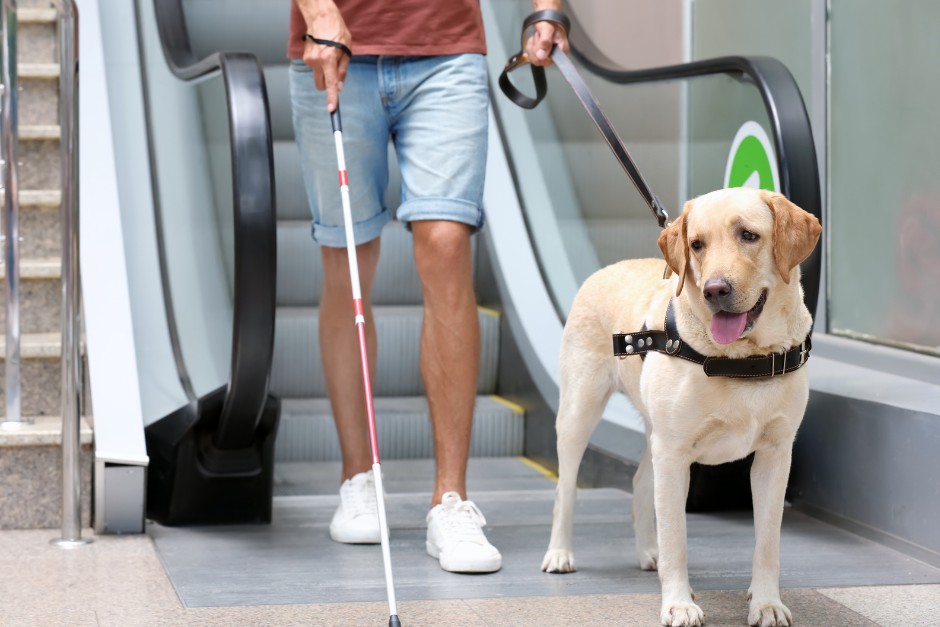 Indoors, guide dogs assist people with vision loss in locating doors, stairs, elevators, and other landmarks. They are taught to navigate the transportation networks, assisting their handlers in finding appropriate stations, boarding, and securely arriving at their destinations. To facilitate effective travel, guide dogs keep a straight path while avoiding distractions. They improve the freedom and safety of visually impaired people in everyday life. Beyond practical support, guide dogs also create confidence in their owners, encouraging them to explore new places and participate in a variety of activities. These animals also offer emotional support, lowering stress and loneliness and, as a result, enhancing their overall quality of life.
Indoors, guide dogs assist people with vision loss in locating doors, stairs, elevators, and other landmarks. They are taught to navigate the transportation networks, assisting their handlers in finding appropriate stations, boarding, and securely arriving at their destinations. To facilitate effective travel, guide dogs keep a straight path while avoiding distractions. They improve the freedom and safety of visually impaired people in everyday life. Beyond practical support, guide dogs also create confidence in their owners, encouraging them to explore new places and participate in a variety of activities. These animals also offer emotional support, lowering stress and loneliness and, as a result, enhancing their overall quality of life.
There are many organizations providing guide dog services, and their information can be easily found online. For instance, in the United States, each state has its own resources for applying for guide dogs. Here are some specific examples:
The Seeing Eye: Located in Morristown, New Jersey, The Seeing Eye is one of the oldest and most renowned guide dog training organizations in the United States. They provide guide dog training and services to help individuals with visual impairments gain greater independence in their daily lives.
Guide Dogs for the Blind: With locations in California and Oregon, Guide Dogs for the Blind is another prominent guide dog training organization. They offer guide dog placements and provide related support and training.
Leader Dogs for the Blind: Located in Rochester Hills, Michigan, Leader Dogs for the Blind provides guide dog training and services to help individuals with low vision and blindness navigate and live more independently.
Freedom Guide Dogs for the Blind: This organization, based in New York State, focuses on providing free guide dogs and training services to blind individuals.
Convenience of Visual Aids
Among various modern technologies, there are some that have brought significant advancements to enhance the lives of visually impaired individuals. They include technologies like electronic video magnifiers, voice assistants, smart glasses, etc. Each plays a vital role in improving information access and navigation capabilities for visually impaired people.
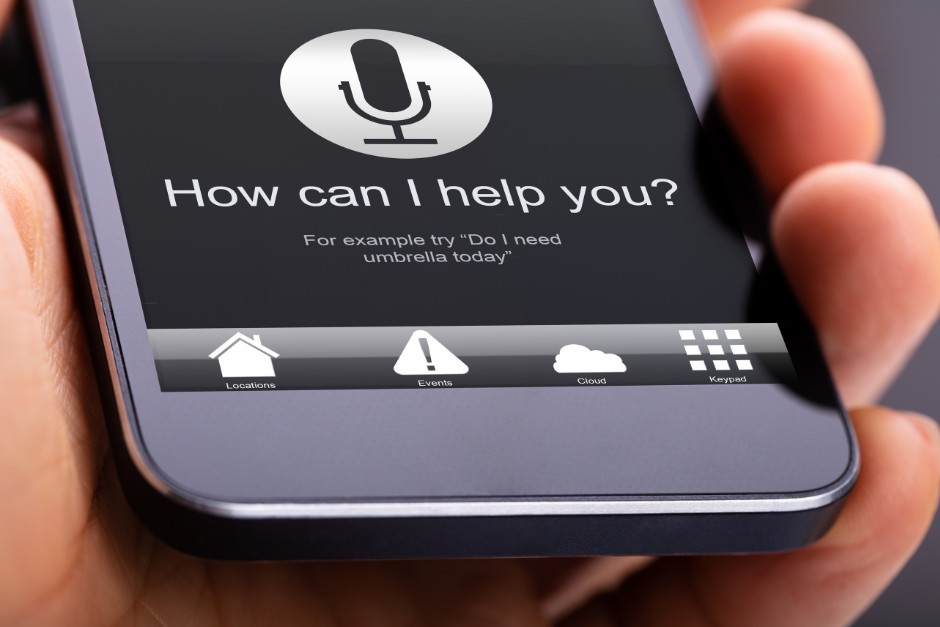 Electronic magnifiers offer flexibility by allowing users to adjust the level of magnification, color contrast, and other settings to suit specific needs. While electronic video magnifiers are highly effective for reading printed materials, they are primarily stationary devices and may not assist with navigation. On the other hand, to enrich the life and bring more convenience to people with low vision, voice assistants like Amazon’s Alexa, Apple’s Siri, and Google Assistant are able to provide hands-free access to information and perform diverse tasks using voice commands. Those with vision loss can ask questions, set reminders, send messages, and control smart home devices, greatly enhancing their independence.
Electronic magnifiers offer flexibility by allowing users to adjust the level of magnification, color contrast, and other settings to suit specific needs. While electronic video magnifiers are highly effective for reading printed materials, they are primarily stationary devices and may not assist with navigation. On the other hand, to enrich the life and bring more convenience to people with low vision, voice assistants like Amazon’s Alexa, Apple’s Siri, and Google Assistant are able to provide hands-free access to information and perform diverse tasks using voice commands. Those with vision loss can ask questions, set reminders, send messages, and control smart home devices, greatly enhancing their independence.
In some cases, assistive technology for the visually impaired people like low vision E-glasses allows people to use outside to navigate their surrounding environments. Take Acesight E-glasses as an example, it’s a kind of visual aid that people can wear when walking outside. The functions of the device are helpful to fit different eye conditions, and the transparent mask allows people to see the surroundings with their peripheral vision. However, these smart E-glasses are still emerging technologies and may not be as widely accessible as other assistive tools.
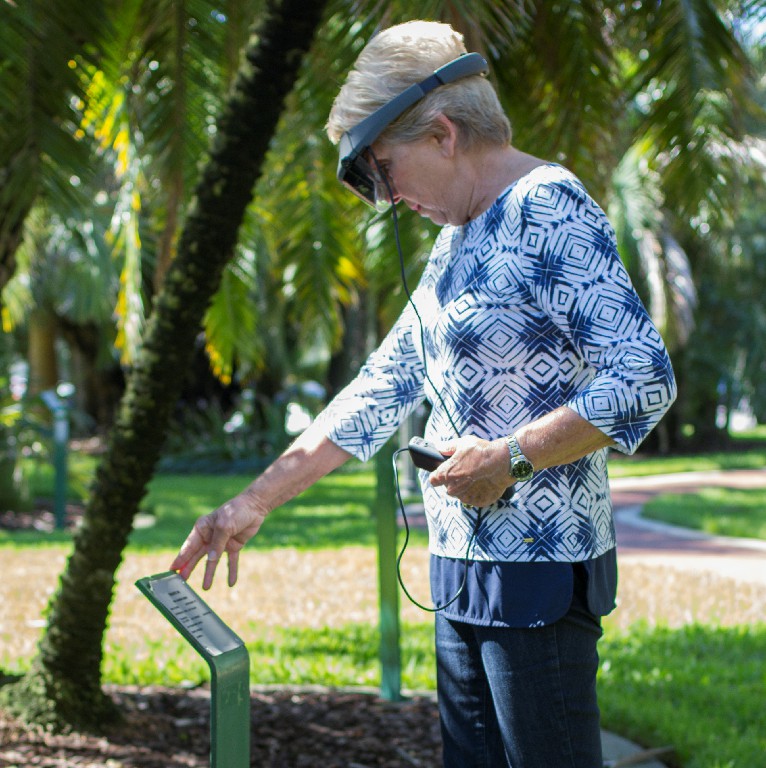
Visual aids may offer significant convenience and flexibility to people with visual impairments, helping them access information, maintain independence, and perform daily tasks without the need for particular training or physical care. However, it’s essential to recognize that visual aids cannot provide the crucial emotional support and companionship that guide dogs can offer. To some extent, the integration of visual aids and guide dogs may give the most comprehensive assistance, addressing both the practical and emotional needs of visually impaired people.
Guide Dogs and Assistive Technology
Guide dogs and low vision assistive technology can be combined to provide more comprehensive support to visually impaired people. This integration uses the physical guidance and emotional support of a guide dog with the real-time information and navigation capabilities of technology to improve the safety, independence and quality of life of people with low vision. For instance, carrying a smartphone or headphones to get real-time navigation instructions or other information can be a good idea. People with vision loss can use voice commands to request directions, search for locations, or obtain information about the surrounding environment. This approach allows people with low vision to more flexibly obtain navigation information while maintaining interaction with the guide dog.
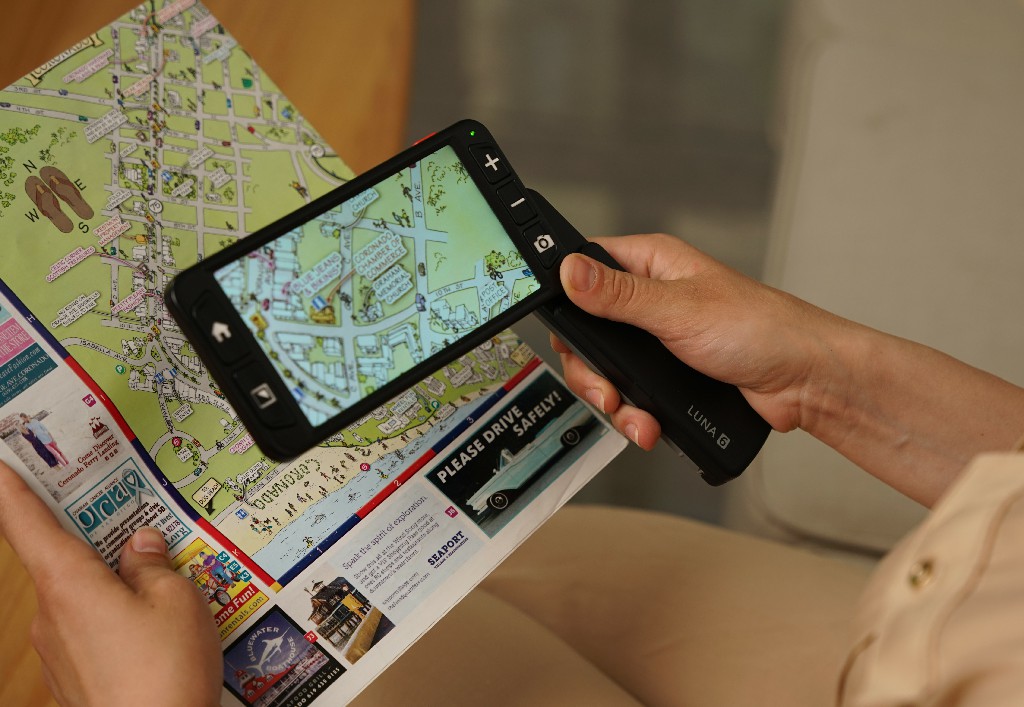 Taking both the guide dog and a handheld video magnifier when hanging outside could be a convenient and easy way as well. Guide dogs can help explore the environment and avoid obstacles and dangers. At the same time, a handheld video magnifier is helpful for visually impaired people to read text content such as maps, menus and other printed materials. This combination takes advantage of both, providing more comprehensive navigation and information access capabilities, as well as greater independence and safety for those with low vision.
Taking both the guide dog and a handheld video magnifier when hanging outside could be a convenient and easy way as well. Guide dogs can help explore the environment and avoid obstacles and dangers. At the same time, a handheld video magnifier is helpful for visually impaired people to read text content such as maps, menus and other printed materials. This combination takes advantage of both, providing more comprehensive navigation and information access capabilities, as well as greater independence and safety for those with low vision.
The integration of guide dogs and technology may be one of the best ways to offer assistance to people with visual impairments. However, sometimes people can only choose one of these two ways due to several reasons. When choosing between a guide dog and a visual aid, low vision people should consider a range of factors, including their needs, preferences, lifestyle and possible limitations.
The specific needs and preferences are crucial. Guide dogs provide physical guidance and emotional support for those who require ongoing physical guidance and companionship, while visual aids focus more on information acquisition and access to digital environments, and are suitable for those who rely more on the modern technology and textual information. Additionally, the daily lifestyle and activities of those with vision loss can also influence choices. For instance, if a person frequently needs to be outside, attend social events, or travel, a guide dog may be a more practical option. And for those who spend more time indoors or need a lot of text information, visual aids may be more suitable.
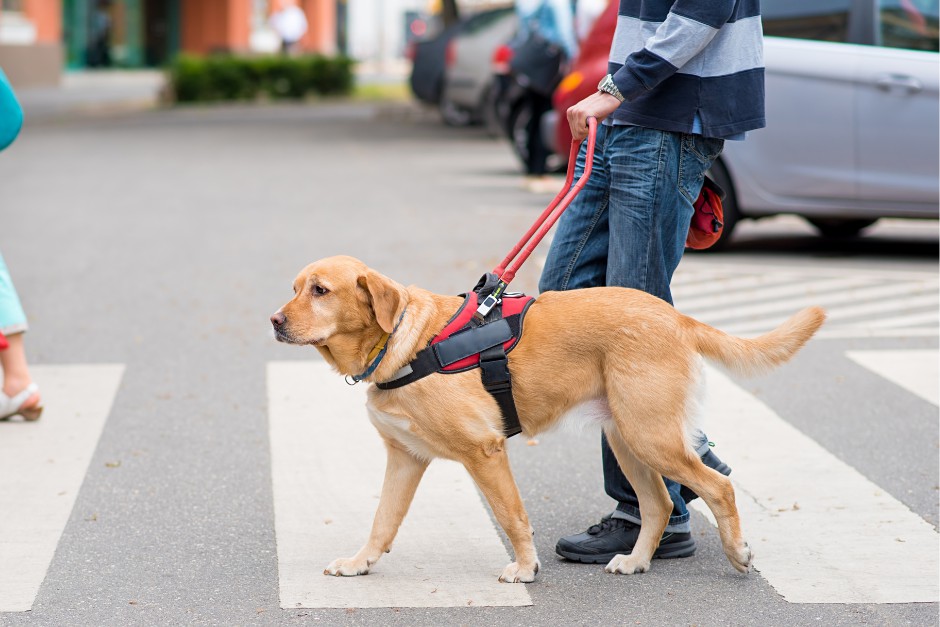 Furthermore, budget is another important consideration. There are costs associated with maintaining a guide dog, including food, veterinary care and other expenses. Visual aids usually only require a one-time purchase and regular maintenance. Thus, it’s important to think carefully before making the final decision between these two selections. Also, if a person with vision impairments doesn’t like or isn’t familiar with using electronic devices, a guide dog may be the better option.
Furthermore, budget is another important consideration. There are costs associated with maintaining a guide dog, including food, veterinary care and other expenses. Visual aids usually only require a one-time purchase and regular maintenance. Thus, it’s important to think carefully before making the final decision between these two selections. Also, if a person with vision impairments doesn’t like or isn’t familiar with using electronic devices, a guide dog may be the better option.
Obtaining certification for a guide dog is a difficult task. The number of guide dogs is limited, but there are many people who are visually impaired. The training process for guide dogs is long, the selection requirements are extremely high, and the training costs are expensive. This has indirectly encouraged the spread of assistive technology, which can better meet the needs of most visually impaired people. For those who do not have guide dogs but want to live independently, technological improvements have provided more convenience and opportunities, allowing them to overcome numerous life problems.

